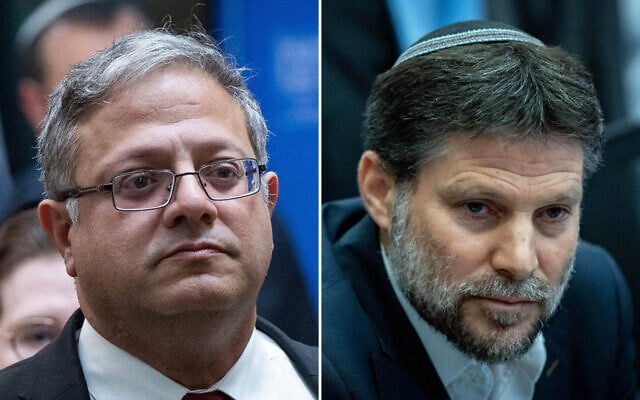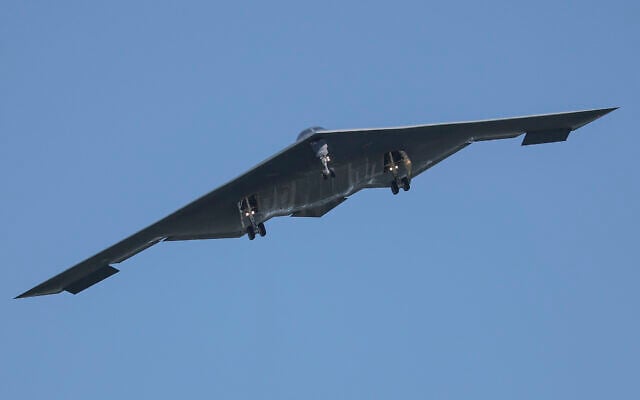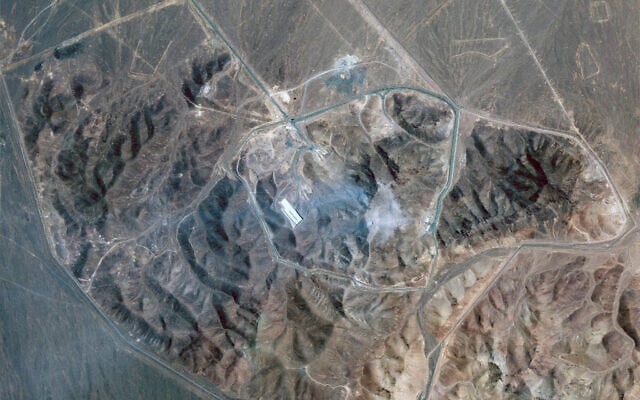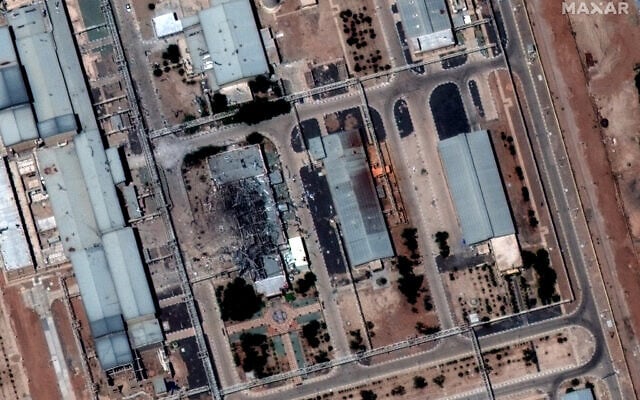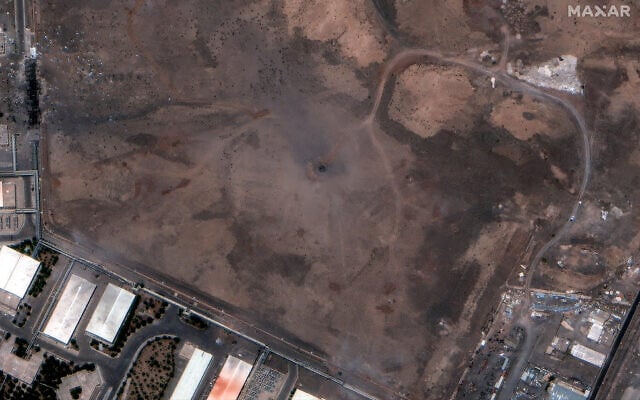



US President Donald Trump decided last Wednesday to launch Sunday’s strike on Iran’s nuclear facilities, Channel 12 reported, without naming sources.
Only a handful of senior Israeli officials were informed of the decision, according to the Hebrew network.
Despite reports that US Vice President JD Vance had reservations about attacking, Channel 12 said he ultimately fully backed the move, indicating that the reports may have been part of deliberate deception efforts.
The decision reportedly followed intense lobbying by Prime Minister Benjamin Netanyahu and Strategic Affairs Minister Ron Dermer, who urged Trump “to take part in history.”
As part of the arrangement, the US insisted on overseeing the diplomatic and media messaging surrounding the operation.
Those briefed on the plan included Netanyahu, Dermer, National Security Minister Itamar Ben Gvir, Finance Minister Bezalel Smotrich and Defense Minister Israel Katz, according to the unsourced report. The other members of the security cabinet were not informed, the network reported.
They reportedly watched the strike live from a room in the Israel Defense Forces command center in the Kirya base in Tel Aviv. Because it had been agreed that Trump would announce the attacks himself, those present in the room were required to remain there until he made the announcement.
“We saw history being written live before our eyes,” unnamed sources present in the room told Channel 12.
In another unsourced report, Channel 12 said that there was close coordination between the US and Israeli militaries in the hours leading up to the attack. The US provided the IDF with a list of Iranian air defense targets it wanted taken out in order to provide a “corridor” for the US bombers to approach the nuclear sites. The Israel Air Force bombed the requested sites, and only after reporting that the coast was clear did the US bombers make their attack runs.
US pilots dropped 30,000-pound bombs early Sunday on two key underground uranium enrichment plants in Iran, delivering what American military leaders believe is a knockout blow to a nuclear program that Israel views as an existential threat and has been pummeling for more than a week. American sailors bolstered the surprise mission by firing dozens of cruise missiles from a submarine toward at least one other site.
Dubbed Operation Midnight Hammer, US officials say the plan was characterized by a “precision strike” that “devastated the Iranian nuclear program,” even as they acknowledged an assessment was ongoing. For its part, Iran denied that any significant damage had been done, and the Islamic Republic pledged to retaliate.
Taking off from the US heartland, B-2 stealth bombers delivered a total of 420,000 pounds of explosives, aided by an armada of refueling tankers and fighter jets — some of which launched their own weapons. US officials said Iran neither detected the inbound fusillade nor mustered a shot at the American jets.
The operation relied on a series of deceptive tactics and decoys to maintain the secrecy, US officials said hours after the attack, which was preceded by nine days of Israeli attacks that debilitated Iran’s military leadership and air defenses.
Even before the planes took off, elements of misdirection were already in play. After setting parts of the plan in motion, Trump publicly announced Thursday that he’d make a decision within two weeks on whether to strike Iran — ostensibly to allow additional time for negotiations, but in actuality masking the impending attack.
One group of B-2 stealth bombers traveled west from Missouri on Saturday as decoys, drawing the attention of amateur plane spotters, government officials and some media as they headed toward a US air base in the Pacific. At the same time, seven other B-2s carrying two “bunker buster” bombs apiece flew eastward, keeping communications to a minimum so as not to draw any attention.
Air Force Gen. Dan Caine, the chairman of the Joint Chiefs of Staff, said at Sunday’s briefing that it was all “part of a plan to maintain tactical surprise” and that only “an extremely small number of planners and key leaders” knew about it in Washington and Florida, where US Central Command is based.
After 18 hours of furtive flying that required aerial refueling, the armed B-2 Spirit bombers, each with two crew members, arrived on time and without detection in the Eastern Mediterranean, from where they launched their attack runs. Before crossing into Iran, the B-2s were escorted by US stealth fighter jets and reconnaissance aircraft.
A graphic released by the Pentagon showed the flight route as passing over Lebanon, Syria and Iraq. It was unclear whether those countries were notified of the US overflight in advance. Most US lawmakers were also kept in the dark, with some Republicans saying they were provided a brief heads-up by the White House before the strike.
“Our B-2s went in and out and back without the world knowing at all,” US Secretary of Defense Pete Hegseth told reporters Sunday.
About an hour before the B-2s entered Iran, Caine said that a US submarine in the region launched more than two dozen Tomahawk cruise missiles against key targets, including a site in Isfahan where uranium is prepared for enrichment.
As the US bombers approached their targets, they watched out for Iranian fighter jets and surface-to-air missiles, but encountered none.
At 6:40 p.m. in Washington and 2:10 a.m. in Tehran, the first B-2 bomber dropped its pair of GBU-57 massive ordnance penetrators on the deeply buried Fordo uranium enrichment plant. It was the first time these so-called “bunker busters” had ever been used in combat. Each 30,000-pound bomb is designed to burrow into the ground before detonating a massive warhead.
The Fordo site received the bulk of the bombardment, though a couple of the enormous bombs were also dropped on a uranium enrichment site at Natanz.
The US bombs fell for about half an hour, with cruise missiles fired from submarines being the last American weapons to hit their targets, which included a third nuclear site at Isfahan, Caine said.
Both Iran and the UN nuclear watchdog said there were no immediate signs of radioactive contamination around the sites.
The mission included:
Hegseth said Sunday that “our boys in those bombers are on their way home right now.”
But a US official said one woman was among those piloting the B-2 bombers. The official spoke on the condition of anonymity because they were not authorized to speak about the mission publicly.
Caine said the use of the bunker-buster bombs made the mission historic, as did other elements.
“This was the largest B-2 operational strike in US history, and the second longest B-2 mission ever flown, exceeded only by those in the days following 9/11,” he told reporters Sunday.

